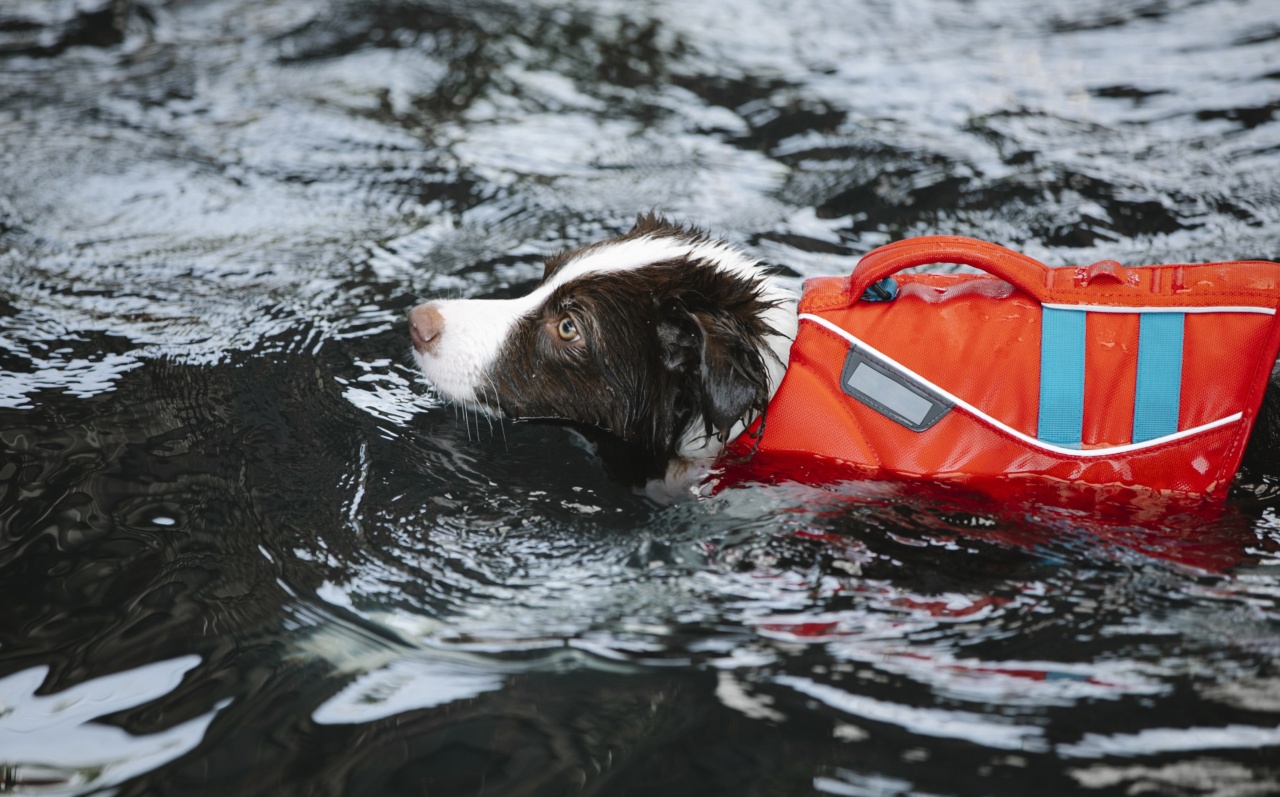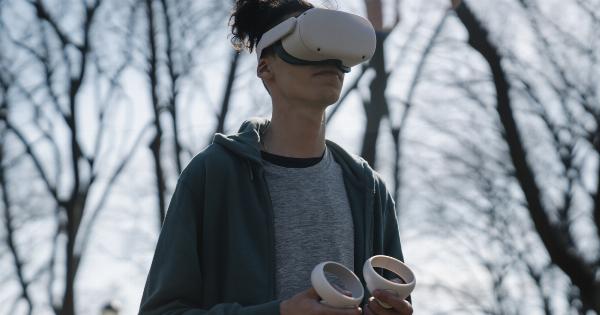It is a well-known fact that dogs have powerful senses of smell and hearing, but one question that has been debated among researchers and pet owners for years is whether or not dogs see in black and white or color.
This article will explore the topic and provide some insights into how dogs see the world around them.
What do we know about color vision in dogs?
For a long time, it was believed that dogs only saw in black and white due to the lack of color receptors in their eyes. However, recent studies have shown that dogs do have color vision, although it is not as developed as human color vision.
Dogs have two types of color receptors in their eyes, unlike humans, who have three. This means that dogs are not able to see the full spectrum of colors that humans can see.
What colors can dogs see?
Research has shown that dogs are most sensitive to shades of blue and yellow, and have difficulty distinguishing between red and green. This means that what appears to be a bright red toy to us may appear as a shade of brown or gray to a dog.
Dogs also have a harder time seeing in low light conditions, which can make it more difficult to distinguish colors.
What factors affect a dog’s color vision?
Just like with humans, there are certain factors that can affect a dog’s color vision. For example, age can play a role in a dog’s ability to see color.
As dogs age, the lenses in their eyes become less clear, which can cause a yellowing effect that can impact their ability to see certain colors. Additionally, certain breeds of dogs may have different levels of color vision based on the types of color receptors in their eyes.
How do dogs use their color vision?
Although dogs may not be able to see the full spectrum of colors that humans can see, they still use their color vision in various ways.
For example, dogs are able to differentiate between shades of blue and yellow, which can help them when looking for objects in their environment. They can also use their color vision to distinguish between different types of food and treats, helping them to find their favorite snacks.
Conclusion
In conclusion, dogs do have color vision, but it is not as developed as human color vision. They are able to see shades of blue and yellow, but have difficulty distinguishing between red and green.
Despite these limitations, dogs still use their color vision in various ways and it is an important part of their perception of the world around them.


























